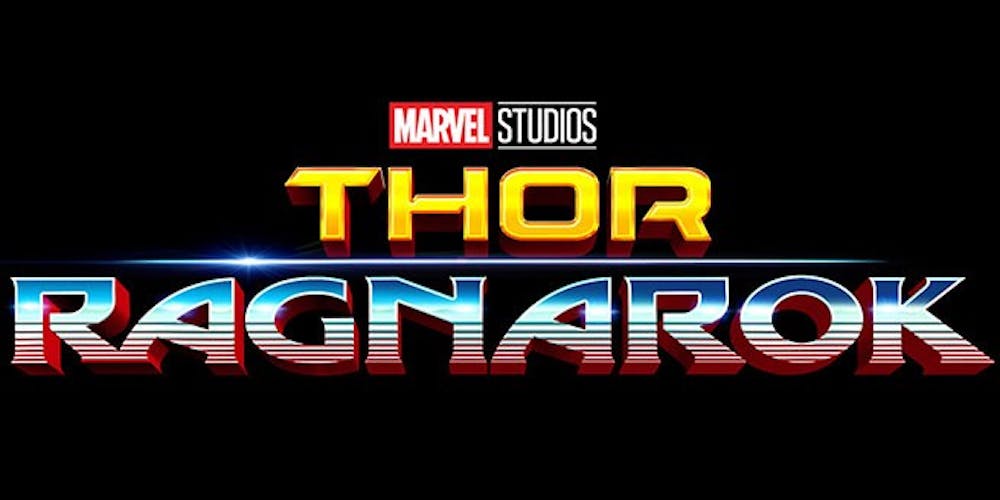Comic fanboys might still defend them, but over the past few years, superhero movies have become so formulaic that it’s become hard to distinguish one from another. When you have the kind of money that DC or Marvel handle, the recipe is not hard to follow: assemble a catchy cast, take a storyline that hasn’t been pictured yet, sprinkle it with more fight scenes than necessary, add some flashy CGI, and voilà! You have just created the next blockbuster.
It’s no surprise, then, that Marvel’s latest installment Thor: Ragnarok took American theaters by storm after it premiered last weekend. Carefully designed and heavily marketed, the final result is everything you would expect a 21st century superhero movie to be—and since the fan–favorite God of Thunder has been off–screen for two years (since the release of Avengers: Age of Ultron), it was obvious that fans would flock to the cinema to watch his latest adventures. As the preliminary ratings show, most were not disappointed.
Thor, as a hero, has always been funny to follow. As the crown prince of Asgard (a fictional realm that’s based on Scandinavian folklore), he is a muscular legendary God, who would be almost intimidating if he didn’t carry his toy hammer around all the time—and if his preferred means of travel wasn’t a rainbow. What is innovative about Thor: Ragnarok is that, in many instances, it manages to ridicule this genre convention without becoming obnoxiously self–deprecating. In the beginning of the film, there is a scene in which Thor returns to Asgard only to find his father Odin watching a play about Loki’s apparent death. The crowd is crying, the lines are syrupy, and there is a choir that starts singing a melodramatic tune as Loki draws his last breath. It is specifically this meta–filmic element that seems to summarize director Taika Waititi’s intention: he wants to make sure that we, as viewers, know that we are watching a work of fiction—and a silly one, nonetheless.
The creators knew that they couldn’t get rid of the nonsense, so they decided to innovate it. There are several lines in the movie that make you wonder if the action is scripted or spur–of–the–moment: Chris Hemsworth and Tom Hiddleston display their bromance by engaging in less–than–heroic acts, such as mocking each other’s choice of clothing, or calling the biggest inter–world portal “the anus.” Cate Blanchett portrays a campy villain who’s baffled by her inability to impose her authority on the common folk, who mock her incessantly. And, perhaps most notably, Thor loses his beloved hammer—only to be reminded later that he is the God of Thunder, not the God of Hammers. This is why Ragnarok is better than most superhero movies: the protagonist actually sees some much–needed character development in a quasi–coming–of–age story that follows him as he tries to save his motherland without what he thought was his biggest weapon.
Nevertheless, while the movie is arguably enjoyable, it still hasn’t managed to move away from the constraints of the genre: the plot is predictable even without having read the comics; the fight scenes kill the pace instead of speeding it up, and are just a boastful display of vigilantly crafted CGI; and unsurprisingly, the soundtrack displays the same lack of creativity with mechanical choices such as Led Zeppelin’s “Immigrant Song” (“hammer of the gods”—yes, we get the reference).
Small details aside, no one can accuse Marvel of not trying. The studio produced a film that deconstructs at least some of the conventions that usually make superhero flicks so systematic. Ragnarok is incredibly funny, overall different, and the members of its star–studded cast deliver natural performances that make the movie worthy of its box–office success.







